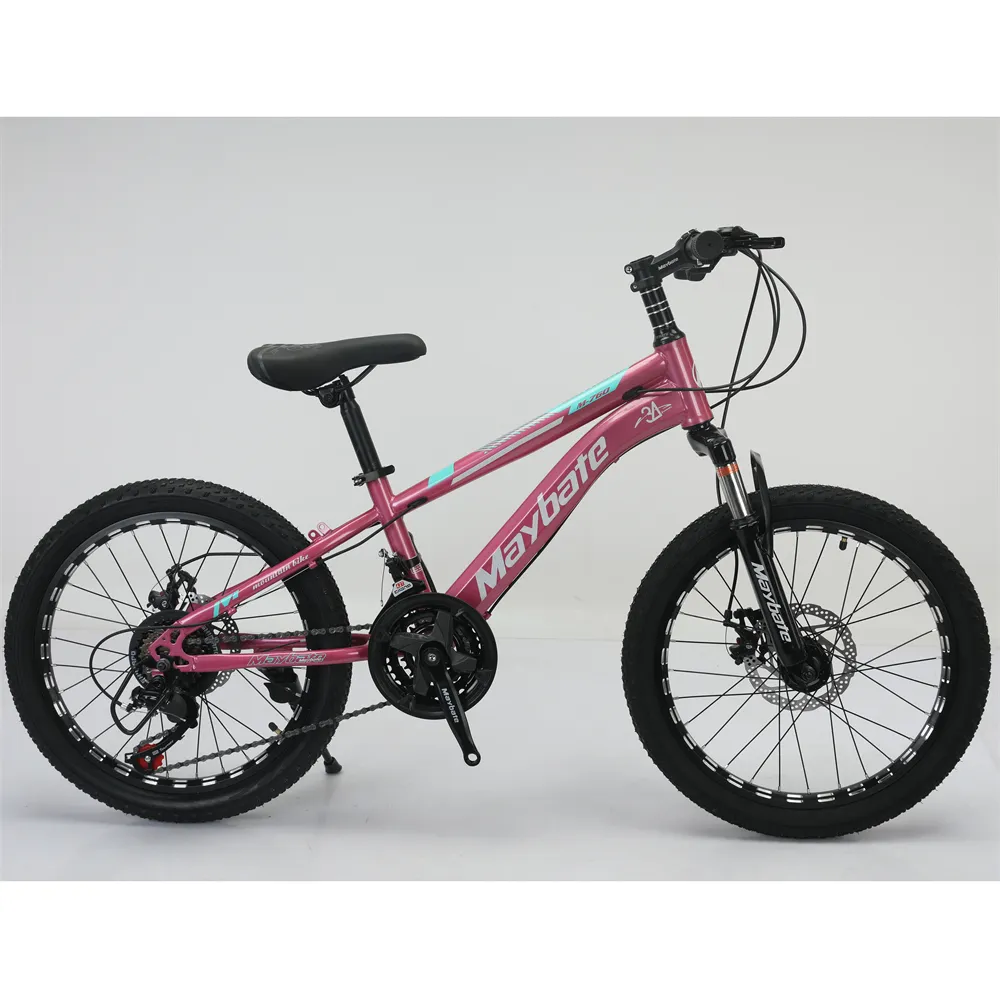mountain bike choose
How to Choose the Right Mountain Bike for You
Choosing the right mountain bike can be an exhilarating yet daunting task. With a wide variety of options available, it is essential to consider several factors that cater to your specific needs, riding style, and budget. Below are some guidelines to help you make an informed decision.
1. Determine Your Riding Style
Mountain biking is not a one-size-fits-all sport. Different types of riding styles demand different bike specifications. For example, if you plan to ride on rugged trails with steep descents, a downhill bike with a strong frame and advanced suspension might be the best option. On the other hand, if your focus is on cross-country riding, a lighter bike with efficient pedaling capabilities will serve you better.
2. Choose the Right Suspension
Mountain bikes primarily fall into two categories based on suspension hardtail and full suspension. Hardtail bikes come with a front suspension only, offering simplicity and lighter weight, making them a good choice for beginners or cross-country riders. Full suspension bikes have both front and rear suspensions, providing greater comfort and control on rough terrain, ideal for serious trail riders or those who enjoy technical routes.
3. Frame Material Matters
The frame material significantly affects the bike's weight, strength, and ride quality. Common materials include aluminum, carbon fiber, and steel. Aluminum is lightweight and affordable, making it a popular choice for entry-level bikes. Carbon fiber is lighter and stronger but comes with a higher price tag, favored by performance-oriented riders. On the other hand, steel offers durability and comfort, although it tends to be heavier.
mountain bike choose

4. Size Matters
Ensuring you have the right frame size is crucial for comfort and performance. A bike that is too big or too small can hinder your riding experience and may lead to discomfort or injury. Most manufacturers provide sizing charts, which take into account your height and inseam. Additionally, taking a test ride can help you determine the best fit for your body.
5. Gearing and Brakes
The gearing system plays an important role in your bike's performance, especially on steep hills or rough terrain. A wider range of gears is advantageous for varying inclines. Modern mountain bikes typically come with either a 1x or 2x drivetrain, each offering a different level of gear range and simplicity.
Braking systems also vary, with disc brakes being the most popular choice among mountain bikers due to their superior stopping power in wet and muddy conditions. Hydraulic disc brakes provide better modulation and require less hand strength, making them an excellent option for aggressive riders.
6. Set a Budget
Lastly, it’s essential to set a budget before you start shopping. Mountain bikes can range significantly in price, from a few hundred dollars to several thousand. Determine what you can afford and stick to it, while also considering accessories such as helmets, gloves, and protective gear, which are crucial for safe riding.
In conclusion, choosing the right mountain bike involves understanding your riding style, considering the components that suit your preferences, and staying within your budget. By assessing these factors, you can find a bike that enhances your adventure on the trails while ensuring a safe and enjoyable ride. Happy biking!
-
kids-scooter-tiny-olympic-games-scooterathlonNewsAug.22,2025
-
kids-scooter-waves-xingtai-zhongzhous-global-rippleNewsAug.22,2025
-
baby-tricycle-oem-legacy-zhongzhou-forgedNewsAug.22,2025
-
xingtais-twin-tricycle-revolution-siblings-ride-togetherNewsAug.22,2025
-
baby-tricycle-design-inspired-by-ancient-armorNewsAug.22,2025
-
nfc-chip-enabled-oem-baby-tricycle-trackingNewsAug.22,2025
-
The Perfect Baby TricycleNewsAug.11,2025








